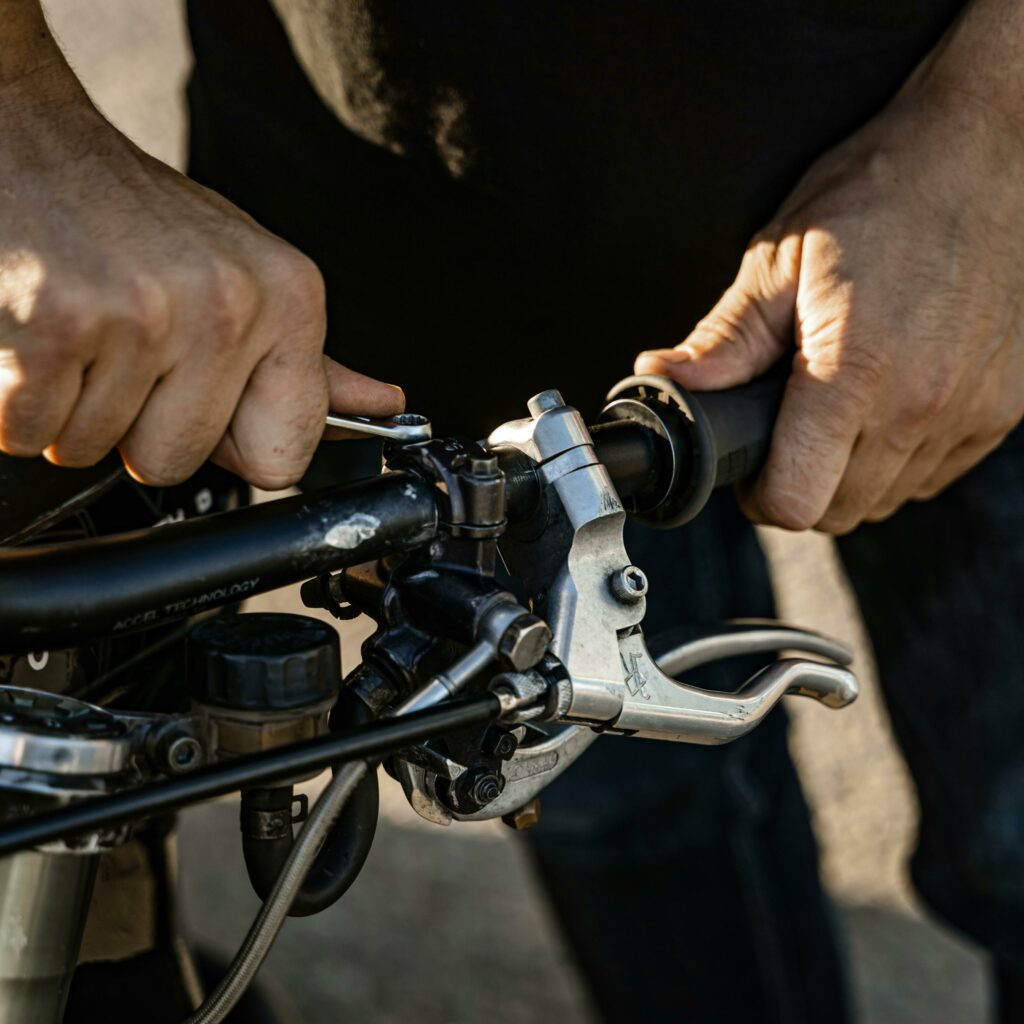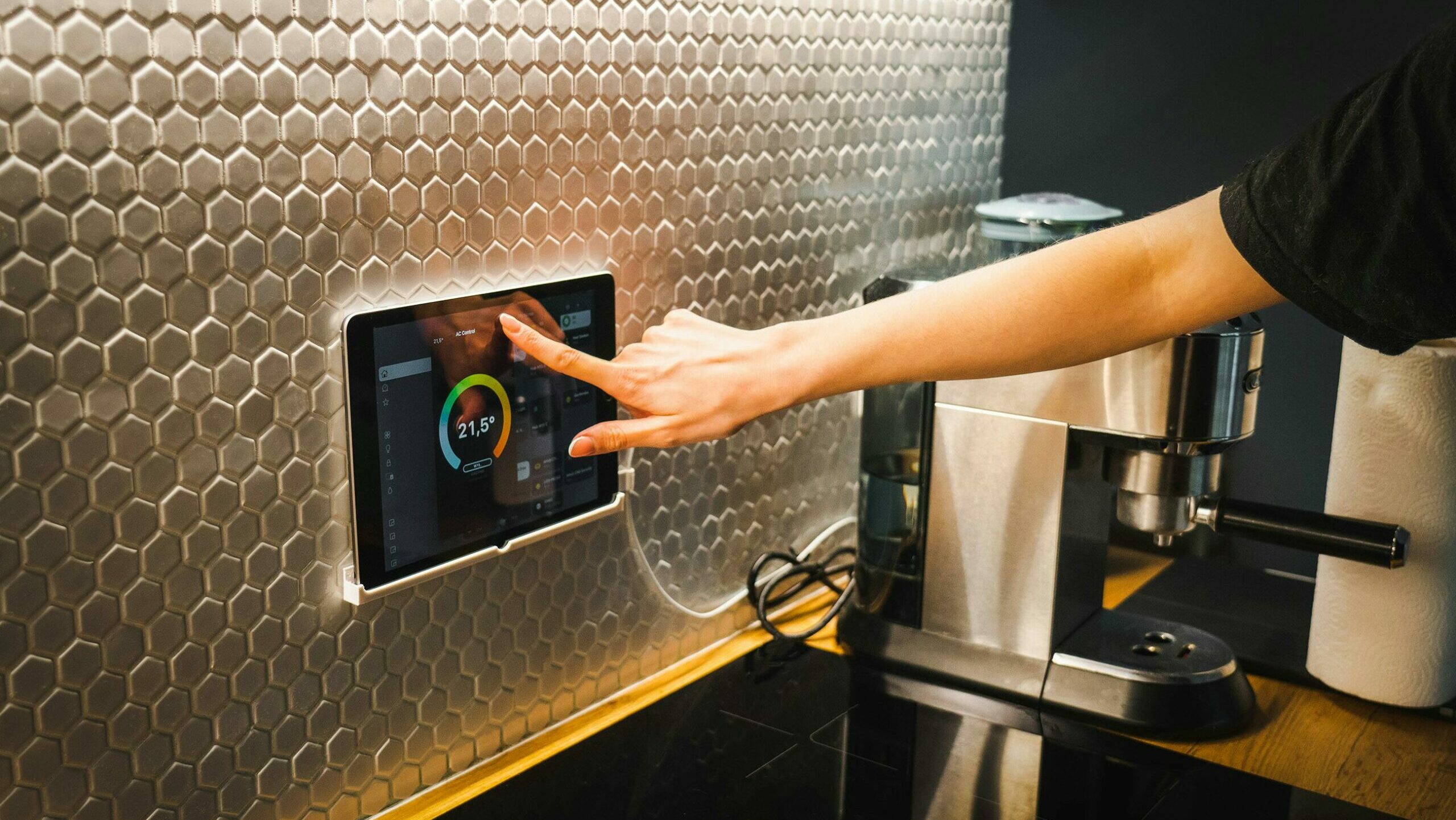Stop Right There! Your Guide to DIY Brake Repairs Without Losing Your Mind (or Stopping Power)
Let’s talk about your car’s brakes—those unsung heroes that turn “oh crap” moments into “phew, that was close” ones. When they start squealing like a toddler denied candy or vibrating like your phone on a bad first date, it’s time to pay attention. Before you panic and empty your wallet at the mechanic, know this: basic brake repair isn’t rocket science. With a little grit, the right tools, and this guide, you can tackle it yourself—without turning your driveway into a scene from a Final Destination movie.

First, the Obvious Disclaimer
If your brakes are making sounds that belong in a horror movie, or the pedal feels mushier than week-old birthday cake, get professional help. This guide is for maintenance and minor fixes, not rebuilding your entire braking system while binge-watching YouTube tutorials. Safety first—your life (and others’) literally depends on it.
The Telltale Signs Your Brakes Are Begging for Attention
Your car isn’t subtle when it’s unhappy. That high-pitched screech every time you stop? That’s the brake wear indicator screaming, “Replace me!” A pulsating brake pedal? Warped rotors are the likely culprit. If your car pulls to one side when braking, you might have a stuck caliper or uneven pad wear. And if stopping feels like stepping into a bowl of pudding, air in the brake lines or low fluid could be to blame. Ignoring these is like unfriending your brakes on social media—eventually, they’ll ghost you when you need them most.
Gear Up Like a Pro (Without the Pro Price Tag)
You don’t need a garage full of Snap-on tools, but a few basics are non-negotiable: a quality jack and jack stands (never trust a jack alone—your car isn’t a TikTok challenge), a lug wrench, a C-clamp for compressing calipers, and maybe a brake piston tool if you’re fancy. Oh, and gloves—because brake dust is the glitter of the automotive world: it gets everywhere and never fully leaves.
Brake Pad Replacement: The Gateway DIY Fix
Replacing pads is the brake repair equivalent of boiling water in the culinary world. Jack up the car, remove the wheel, unbolt the caliper, swap the old pads for new ones (noting which way the wear indicator faces), compress the caliper piston with your C-clamp, and reassemble. The whole process takes about 30 minutes per wheel once you’re comfortable. Pro tip: Buy quality pads. The $20 specials might save cash now, but they’ll cost you in noise and dust later.
When Rotors Need Love (Or Replacement)
If your steering wheel shakes like a Polaroid picture when braking, those shiny discs behind your wheels (rotors) might need resurfacing or replacing. Some light scoring is normal, but deep grooves or uneven thickness mean it’s time for action. Many auto parts stores will resurface rotors for less than $25 each—way cheaper than new ones. Just remember: rotors have a minimum thickness specification; go below it, and you’re flirting with disaster.
The Mysterious Art of Bleeding Brakes
Spongy pedal? You might need to bleed the system. This process purges air bubbles from your brake lines, and it’s simpler than it sounds. With a helper (or a one-person bleed kit), you’ll pump the pedal, open a bleeder valve, close it, and repeat until only fluid comes out. Just use the right brake fluid for your car—mixing types can create a chemistry experiment you don’t want under your hood.
What Not to Do (Unless You Like Trouble)
- Never open the brake fluid reservoir and leave it uncovered—it absorbs moisture from the air like a sponge.
- Don’t let the caliper hang by the brake hose (support it with a wire or bungee).
- Avoid over-torquing lug nuts unless you enjoy warping rotors.
- Skip the temptation to reuse old hardware—those little clips and bolts are cheap insurance.
When to Wave the White Flag
Some jobs—like replacing brake lines or rebuilding calipers—are best left to pros. If you see fluid leaks, hear grinding metal-on-metal sounds, or just feel out of your depth, there’s no shame in calling in reinforcements. Your mechanic will respect you more for knowing your limits than for showing up with a half-disassembled disaster.
The bottom line? Learning basic brake maintenance saves money and makes you a more informed car owner. Plus, there’s something deeply satisfying about stopping on a dime with pads you installed yourself. Now go forth and conquer that squeak—just maybe practice in an empty parking lot first.







